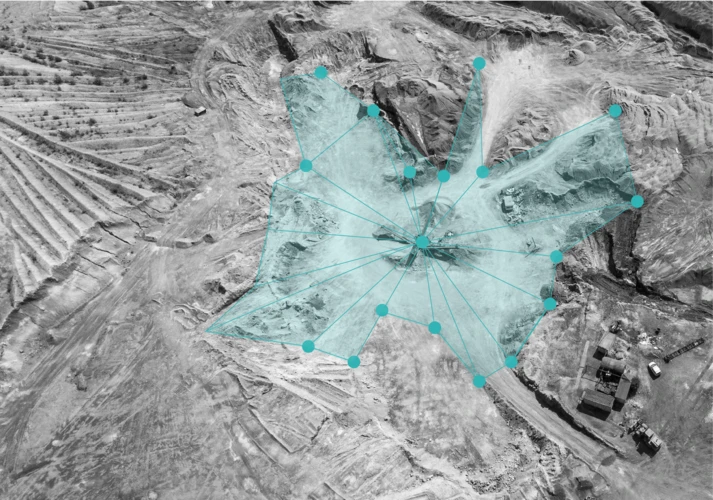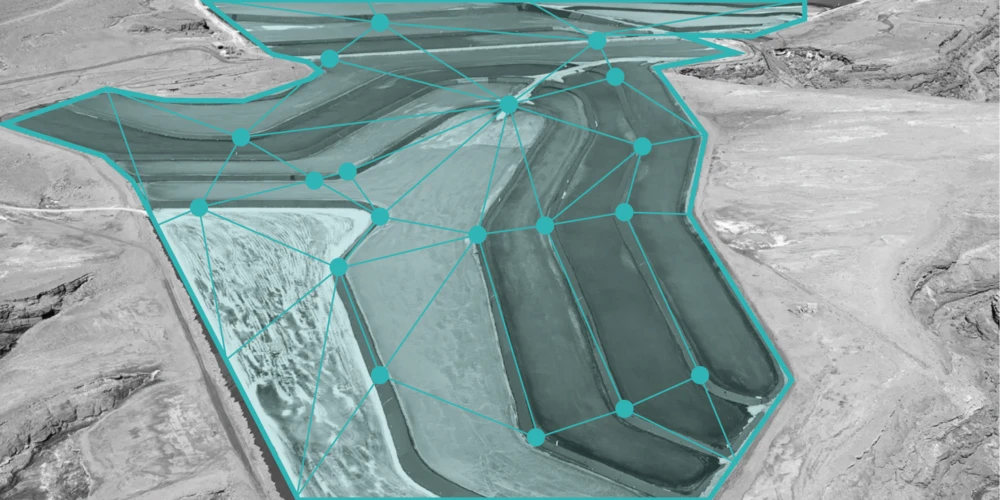AmoKI: Autonomous mining monitoring for sustainable land management
Our AmoKI project uses machine learning and geospatial data to monitor Germany’s open-pit mines, estimating depth, tracking volume changes, and detecting environmental impacts.
Input
Satellite & aerial imagery
Output
Mine depth, volume, impact data
Goal
Automated mine monitoring





